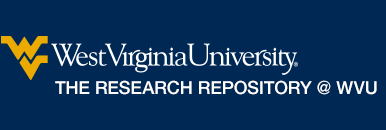
Document Type
Student Note
Abstract
Since the dawn of time, the human race has used some form of technology to assist their unwavering dedication to push society forward. From the first stone tool to the first computer, some sort of regulation controlled their usage, ranging from government regulations to industry standards. When artificial intelligence (“AI”) entered the arena of technology, regulatory bodies froze at the daunting task of controlling such a powerful tool. Across almost every industry, artificial intelligence has found its home in various work functions. Generative artificial intelligence has furthered the complexity that stems from regulating a new, and never before seen technology. As generative artificial intelligence spread across the world as a fun application to use at home, some industries quickly began experimenting with implementing it into job functions. Hollywood quickly latched on to the artificial intelligence movement, finding different ways to implement generative AI into script writing and, more recently, creating movie scenes and fake characters. However, a crippling court decision holding that AI does not get copyright protection has put the brakes on the Hollywood AI movement for now. If the United States legal system decides that AI work product can hold copyrights, the future of Hollywood may be changed forever.
Recommended Citation
Zachary T. Young,
Generative Artificial Intelligence in Hollywood: The Turbulent Future that Lies Ahead,
127
W. Va. L. Rev.
541
(2025).
Available at:
https://researchrepository.wvu.edu/wvlr/vol127/iss2/9


